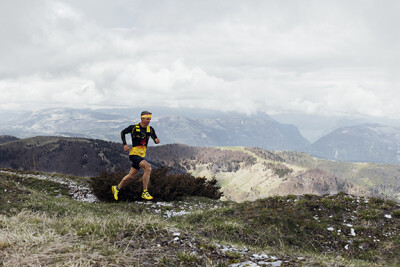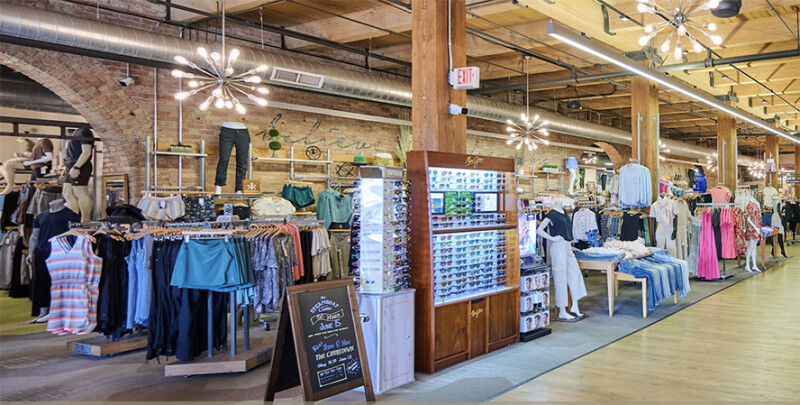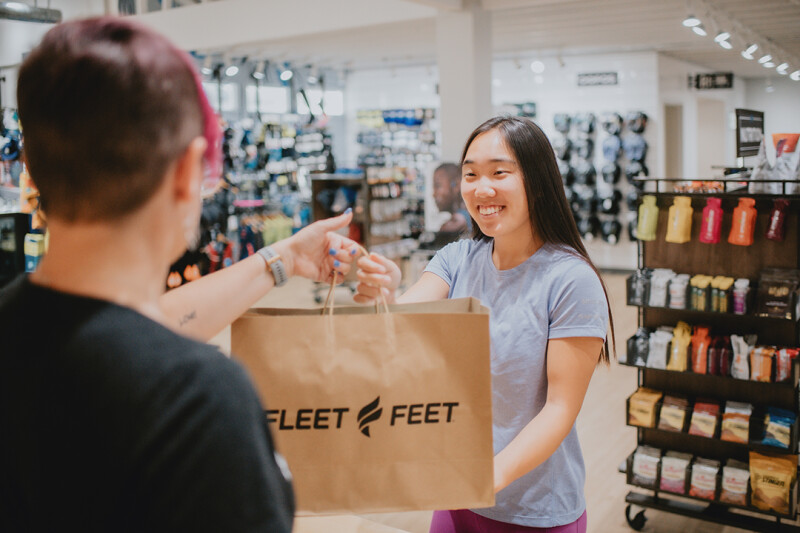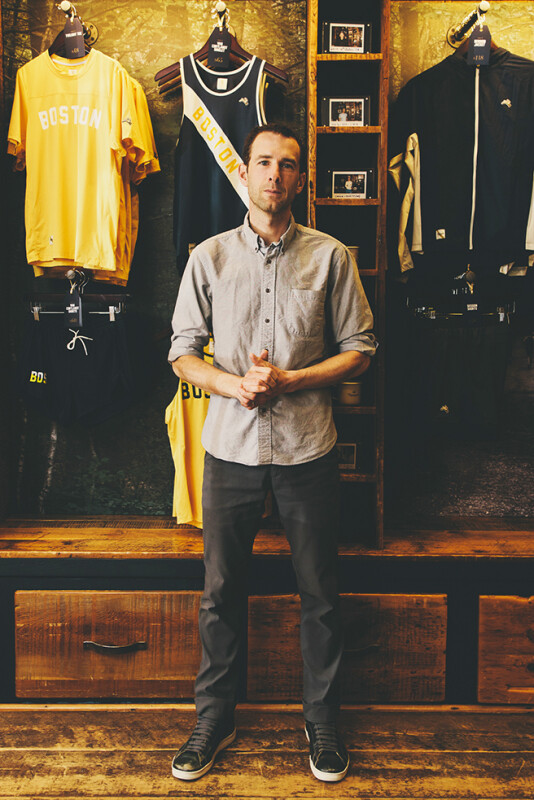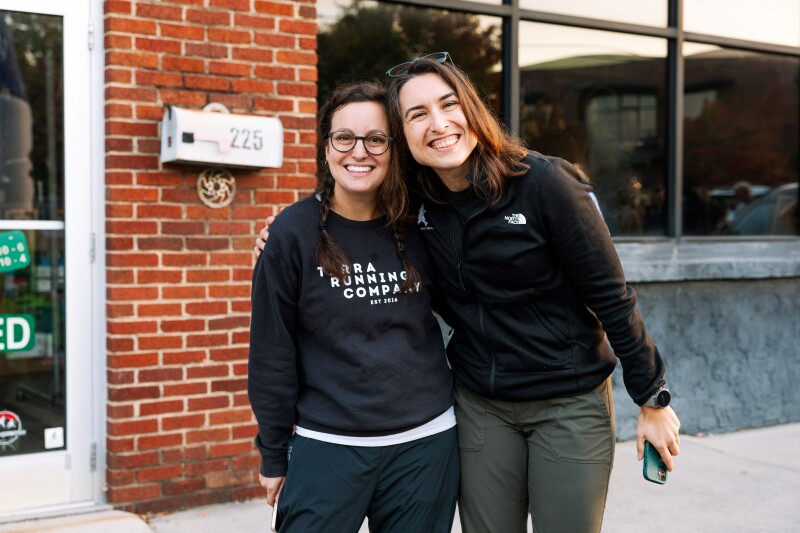I want to talk about the opportunities around trail shoes — but first allow me a moment to offer a little context.
I spend a lot of time working the floor with clients and their teams. Sometimes I am in the throes of training mode, while other times things get so busy that I put on a name tag and service customers alongside outfitters. Whatever the case, I’m always ear hustling so I might better understand the subtle nuances of modern specialty.
I always witness wildly innovative nuggets happening in real time. Small, intentional choices that readily ensure ideal outcomes. I quickly incorporate these into my best practice workshops. The way I see it, spreading around these good ideas is the least I can do!
But the opposite is true, too. Less-desirable details of a fit also percolate. Many offer indisputable evidence of bigger challenges at play. Things like shoe-only tickets, low UPTs, a so-so connection with the customer and, worst of all, a generic transaction where a memorable experience should be.
Many service blemishes are the result of being okay with average. An average experience may amount to a sale, but that’s about it. Rarely does average lead to a customer feeling educated, inspired or loyal. We exist in a world where the smallest choices differentiate average and above average. The least we can do is build strategies that ensure we regular exceed basic expectations.
The Trail Shoe Application
Let’s apply this to trail shoes. Trail shoes often look great on your wall — and yet they historically represent a ridiculously small percentage of sales. Why is this? I assure you it’s not because your store lacks trail runners. Shoot, I believe every customer runs or walks a trail now and again.
But my belief is not an industry universal. And proof of this is in the thematic exchanges I hear when outfitters broach the topic of trail shoes. The moment regularly sounds something like this:
OUTFITTER: How often are you running trails?
CUSTOMER: Once in a while.
OUTFITTER: Are the trails very technical?
CUSTOMER: No, they are mostly flat and well-groomed.
OUTFITTER: Great. Your road shoes should do just fine then.
Ugh! This sort of missed opportunity happens all doggone day.
I encourage you to outlaw the statement, “Your road shoes should do just fine.” It’s lazy, assumptive, closed-minded and largely to blame for your bulk of trail shoes selling for a discount at the annual clearance sale year after year.
Sure, a pair of road shoes is often good enough to use as a road/trail hybrid. But by stifling the trail conversation before the customer has learned anything, you effectively impose your needs onto them. The trail shoe is made to feel like an unnecessary side dish, which stops intrigue before it has a chance to start. But trail shoes are an integral part of the main course! And every customer deserves a chance to know a thing or two about them.
Take A Minute To Connect
When you take a minute or two to share the merits of a trail shoe, you empower customers to put this detail into their world. You’re giving them the opportunity to decide accordingly. No pressure, no stress. And make no mistake, this sort of education (and respect) often leads to a sale replete with a road AND trail shoe, among other things.
Imagine if the outfitter’s chatter sounded like this with every customer:
OUTFITTER: So tell me about your running.
CUSTOMER: I run mostly on the road. But once and a while I get out on a trail.
OUTFITTER: Awesome! We’ll certainly talk about road shoes for you, but I’d love to show you some trail shoes, too.
CUSTOMER: Do I need both?
OUTFITTER: You probably don’t need both, but alongside your road shoe you may enjoy having a another one made specifically to work better on unpaved surfaces.
The conversation is likely then followed by the outfitter educating on the basic attributes of trail shoes:
OUTFITTER: Trail shoes are generally sturdier, less likely to allow in pebbles and dirt, they drain water well and their outsole keeps you from slipping around on wet or uneven surfaces.
CUSTOMER: Wow! I had no idea!
If you’d like to make sure your trail options are paying for their space in your store, reset your team’s trail mindset and chat up those fashionably functional models with everyone (not just the quirky ultra crowd). Eschew an average, road-shoe-only experience. Bring an educational framework that marries road and trail options. Frankly, it’s this sort of approach that will keep you in business.
So go out there and talk trail. Do it for your business, but more importantly do it for your customers. Who knows, you may end up being the reason they decide to give some single-track a go. And if nothing else, your commitment to being above average will guarantee that your customers are in the know. And that’s super cool.
Happy trails!
